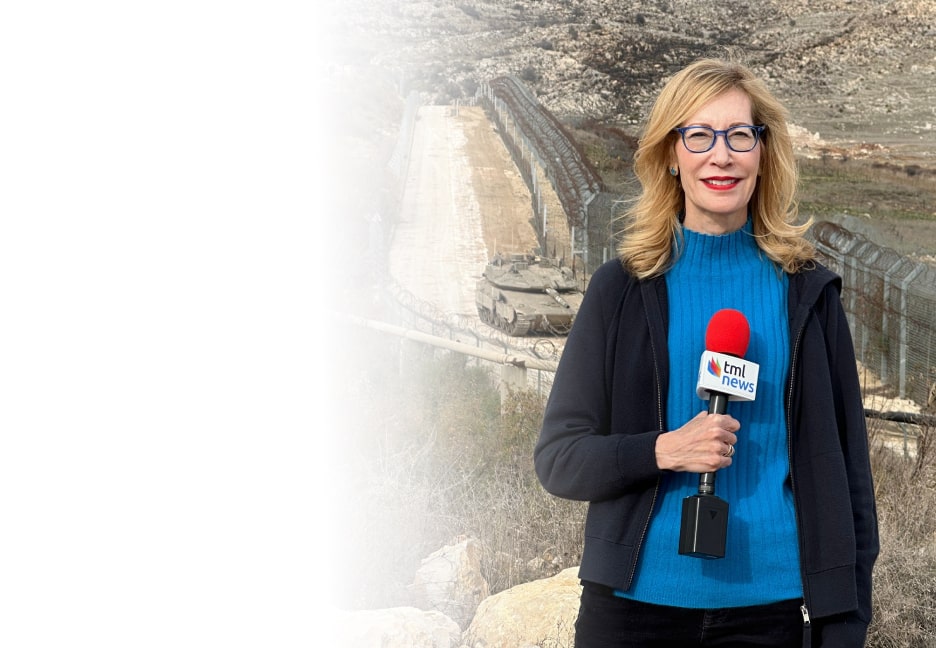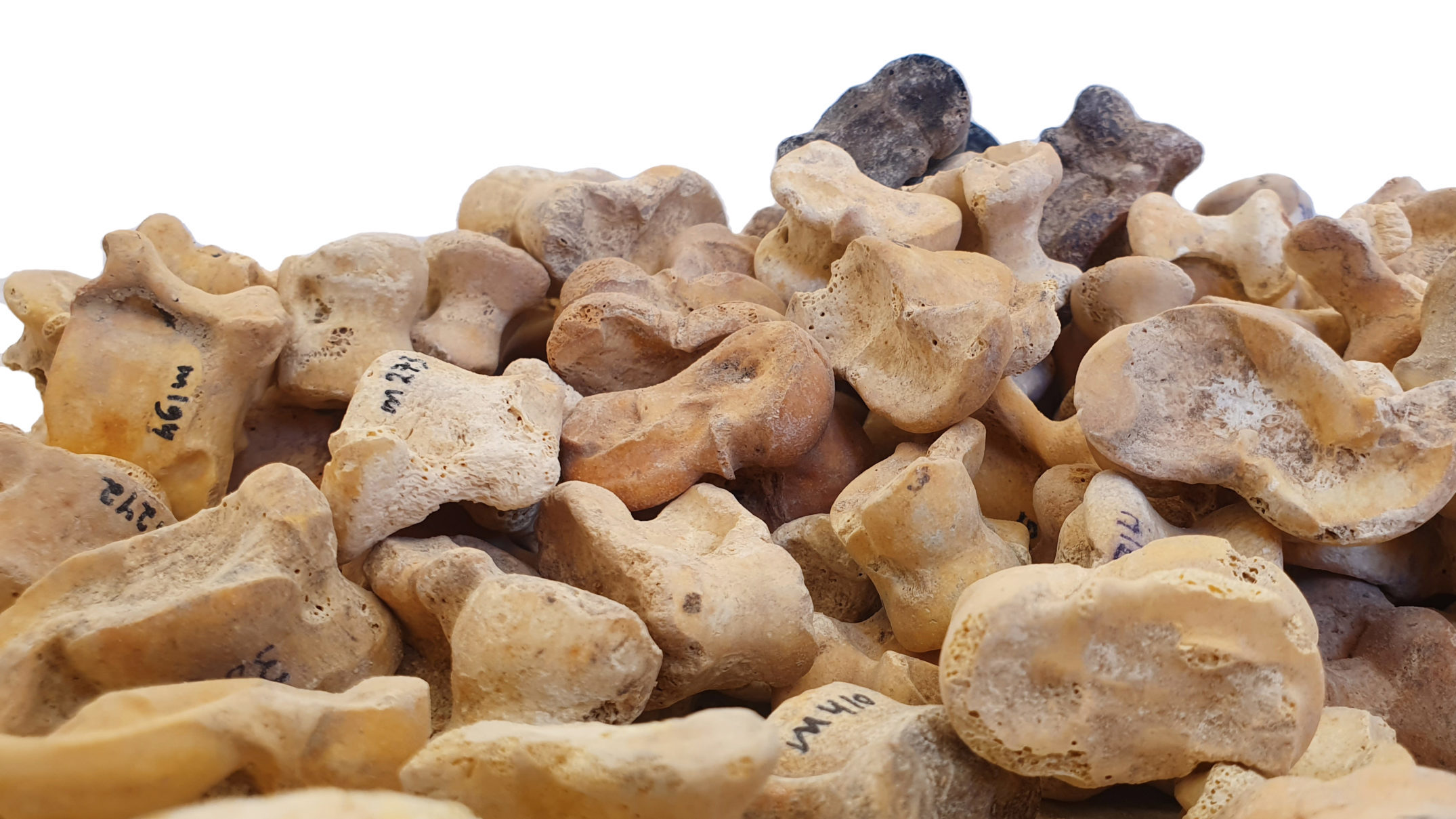Rare Bones Used for Dice, Divination Found in Southern Israel
A rare assemblage of astragali, or animal knuckle bones used for gaming and divination, that are 2,300 years old from the Hellenistic period, were discovered in the Maresha-Bet Guvrin National Park in southern Israel. Though the discovery was made several years ago by Dr. Ian Stern in the huge underground cave complex below the ancient city of Maresha, the findings were recently published for the first time in the British archaeological journal LEVANT in a study by Dr. Lee Perry-Gal of the Israel Antiquities Authority, Professor Adi Erlich of the Zinman Institute of Archaeology, University of Haifa, Dr. Avner Ecker of Bar-Ilan University’s Department of Land of Israel Studies, and Stern of the Nelson Glueck School of Archaeology, Hebrew Union College, Jerusalem. The astragali are knuckle bones of goats, sheep, and cattle, and were used in the same way as dice for gaming and for ritual divination, mainly by women and children. Some of the knuckle bones were shaved down, perforated, or filled with lead, in order to be able to throw them more effectively. Tens of the dice bore Greek inscriptions; some were engraved with the names of gods associated in ancient times with human wishes and desires. Aphrodite, the goddess of fertility, love, and beauty; Eros, the god of love; the god Hermes, the goddess Hera, and Nike, the goddess of victory, appear on the bones. On other knuckle bones, game instructions and various game roles are engraved, such as Robber, Stop! and You are burnt. “The Hellenistic city of Maresha was one of the period’s melting pots in the southern Levant. “Different populations and cultures lived side by side here as neighbors, all subordinate to the Hellenistic rule. There lived here Edomites, Phoenicians, Nabateans and Jews, and the different peoples and cultures influenced each other,” Perry-Gal said.
This holiday season, give to:
Truth and understanding
The Media Line's intrepid correspondents are in Israel, Gaza, Lebanon, Syria and Pakistan providing first-person reporting.
They all said they cover it.
We see it.
We report with just one agenda: the truth.



